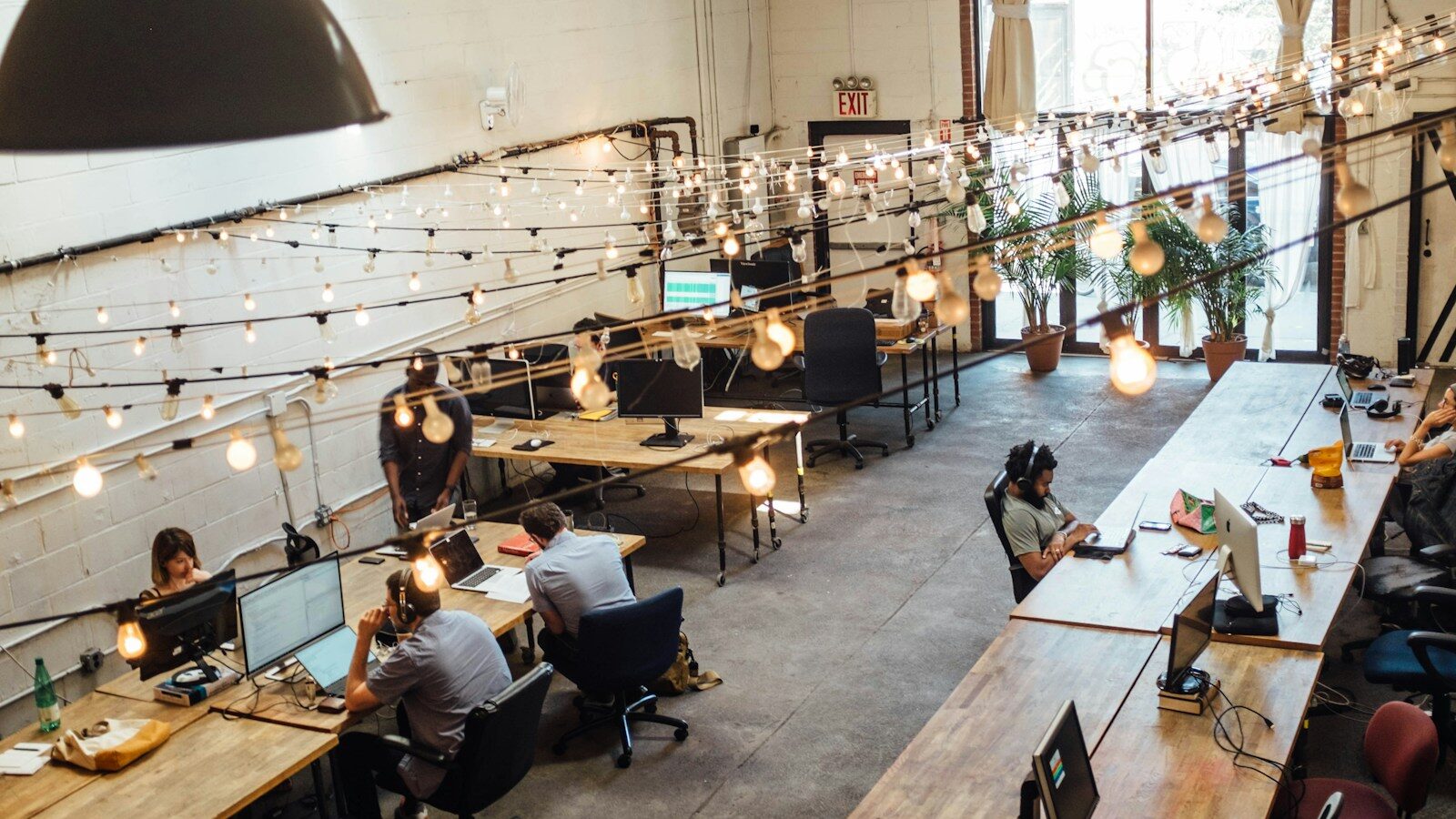Office structure can make or break employee communications, happiness and morale. Finding the balance of so many variables can be tough, but once you get there you can drive your workforce to success and prosperity. Here are some top tips for how to maximize your space and build the best environment for your employees.
Desk Design Advancements
The majority of office life is spent at a desk, so getting the design right is pivotal to productivity and satisfaction. The past few years have seen a new trend – the standing desk movement. Shown to decrease obesity, improve productivity and reduce back pain, it is being increasingly adopted worldwide.
A few forward-thinking employers have been combining the best of both worlds and offering sit/ stand desks, where workers can switch between the two. This method of working allows postural variation, increasing the use of different muscle groups – by keep the body stimulated this in turn helps maintain brain stimulation and drive engagement.
Slightly more unorthodox, the rise of treadmill desks has also been gaining a lot of attention, with some of the biggest names in business – Google, Microsoft and Evernote installing treadmill desks in their offices. This might seem costly, but installing just a few to be used periodically can be a great way to add a new dynamic to the office environment.
Adequate Space
There is nothing more demotivating for employees than filling their workspace to capacity with offices and desks with no thought toward space for relaxation.
To get the most out of your employees, give them space to unwind. A desk lunch can be isolating and bleed into work time, as the employee is in relaxation mode at their station. By providing an area where staff can eat lunch together it allows inclusion, lets them unwind and encourages good time management skills.
A spatial trend we are seeing for 2018 is the creation of “quiet zones” in the workplace. A survey by CareerBuilder done in 2016 revealed that 75% of employers say two or more hours a day are lost in productivity due to distractions. By creating quiet spaces, employees who are working to tight deadlines or who need quiet for complicated tasks can seek refuge, completing their work to the highest standard. Resulting in work satisfaction and potentially higher revenue.
Foliage
Several studies have been done over the years which highlight the effect indoor plants can have on the office environment. An Australian study from 2010 concluded that a 58% reduction in depression and a 38% reduction in fatigue was observed when plants were added to the working environment.
By adding 1 plant per 3 employees to the environment, a 50% reduction in C02 can be gained – improving air quality and decreasing bacteria levels. The result of this? Healthier employees who feel fresh and lively, with less sick days that can be a massive financial drain on company resources.
Lighting
One of the most detrimental factors to productivity is lighting conditions. With employees eyes already under strain from staring at a computer screen for around 8 hours a day, the harsh strip UV lights so commonly seen in offices can leave workers feeling worse and exasperated.
The quickest way to inject some stress relief for those working on computers is to create an office with natural light – large scale windows which can help neutralize the effect of Computer Vision Syndrome (CVS). Individuals who work near windows sleep on average 46 minutes more each night, which is obviously hugely beneficial to their work performance.
Technology
In an ever-changing digital landscape, technology is arguably the most important on this list. In simple terms, how can you be competitive with the current marketplace if you are operating from last year’s technology?
Staying on top of technology in the workplace is not only a challenge from a sourcing point of view, but it is a huge financial undertaking. Tips for keeping on top of costs include looking for corporate discounts for software packages, ensuring only the relevant employees have a product license for specific programs and using internal training sessions on software with experts in their field.
Some technological office trends to watch out for in 2018 are wireless charging for devices in meeting rooms and virtual assistants in the form of Siri and Alexa. These advancements potentially sound futuristic and almost pretentious, however in the long term they can greatly improve productivity and make employees feel like they are the forefront.
Introduce these tips in stages so you can measure which is having the most significant effect. Research what other resources business owners use to drive motivation in the office as well, combining knowledge from multiple sources will ensure you have the best strategy to streamline your environment and maximize business potential.
Chris Smith




